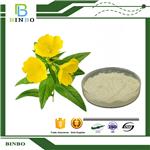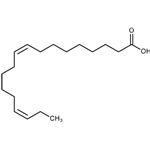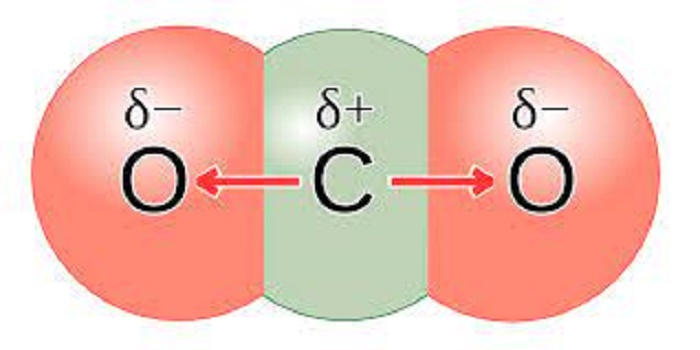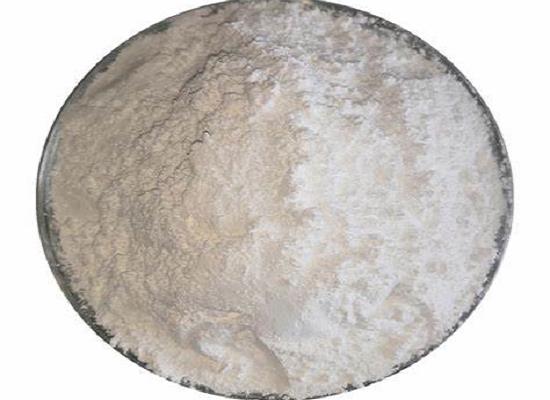Linolenic acid: functional effects and pharmacokinetics
General Description
Linolenic acid has extensively studied functional effects on cardiovascular health, including a lower risk of total cardiovascular disease events and coronary heart disease, as well as reduced incidence of cardiovascular events. Its beneficial effects on cardiovascular health may be attributed to its ability to influence arrhythmogenesis, endothelial function, inflammation, and thrombosis. Linolenic acid is absorbed efficiently through the human gut and distributed to various tissues, with the highest concentrations found in plasma, liver, and adipose tissue. A significant proportion of absorbed Linolenic acid undergoes b-oxidation, with a smaller percentage converted to EPA and DHA. Overall, consuming foods rich in Linolenic acid may have beneficial effects on cardiovascular health and reduce the risk of CVD events and mortality.

Figure 1. Capsules of linolenic acid
Functional effects
The functional effects of Linolenic acid on cardiovascular health have been extensively studied and documented. Observational studies have consistently shown that higher intakes of Linolenic acid are associated with a lower risk of total cardiovascular disease (CVD) events, coronary heart disease (CHD), and mortality from CVD. Linolenic acid intake has been found to be inversely associated with CHD events and deaths, with each additional gram of Linolenic acid leading to a 15% lower risk of CHD events and a 23% lower risk of CHD deaths among men. Linolenic acid intake has also been associated with a lower risk of total and non-cardiovascular mortality in older adults. Furthermore, dietary Linolenic acid has been shown to reduce the risk of fatal CVD and all-cause mortality in high-risk individuals. Linolenic acid consumption has also been associated with reduced incidence of cardiovascular events. The beneficial effects of Linolenic acid on cardiovascular health may be attributed to its ability to influence arrhythmogenesis and lethal ventricular arrhythmia, endothelial function, inflammation, and thrombosis. Linolenic acid can also be converted to eicosapentaenoic acid (EPA) and docosahexaenoic acid (DHA), both of which have antiarrhythmic effects. In addition, dietary intake of Linolenic acid has been found to reduce atherogenesis, inhibit arterial thrombosis, induce antithrombotic and antiplatelet effects, and shift the balance toward the anti-inflammatory class of the thromboxane/prostacyclin mediators. These effects have been shown to lead to reduced development of atherosclerosis and inflammation in animal studies. Overall, the evidence suggests that consuming foods rich in Linolenic acid, such as flaxseed oil, canola oil, and walnuts, may have beneficial effects on cardiovascular health and reduce the risk of CVD events and mortality. 1
Pharmacokinetics
Absorption
Absorption of Linolenic acid in the human gut is believed to be efficient, although limited information is available. Studies have shown that over 96% of administered Linolenic acid is absorbed based on measurements of Linolenic acid concentration in feces over several days. In patients with ileostomies who consumed linseed oil, a source of Linolenic acid, small intestinal absorption efficiency was found to be 98%. Lymphatic absorption of Linolenic acid was found to be more favorable in the form of a flaxseed oil-based emulsion compared to the non-emulsified form in rats. Active carrier-mediated mechanisms have been suggested to be involved in the intestinal absorption of Linolenic acid, as demonstrated in studies using hamster and human intestinal cells. Additionally, an in vitro dermal absorption model predicted 100% dermal absorption of linolenic acid, a form of Linolenic acid. Overall, these findings indicate that Linolenic acid absorption through the human gut is likely to be highly efficient, potentially involving carrier-mediated transporters. 2
Distribution
Information on the distribution of Linolenic acid in the body is limited, but a study conducted on rats provides some insights. After oral administration of deuterated Linolenic acid to rats, various tissues were analyzed up to 600 hours. Within 8 hours, the highest concentrations of labeled Linolenic acid were found in plasma, stomach, liver, heart, lung, kidney, testes, and spleen. The liver contained the highest levels of Linolenic acid, while its metabolites, EPA and DHA, also showed high contents in the liver. Over time, DHA was deposited in the brain, spinal cord, heart, testes, and eye. Approximately 16-18% of Linolenic acid ultimately deposited in tissues, primarily adipose tissue, skin, and muscle. About 6% of Linolenic acid underwent elongation and desaturation, and was stored mainly in muscle, adipose tissue, and carcass. The remaining 78% of Linolenic acid was eventually excreted from the body. 3
Metabolism
The metabolic conversion of Linolenic acid to EPA and DHA is relatively poor, as a significant proportion (65-85%) of absorbed Linolenic acid undergoes b-oxidation. In the brain, however, a much smaller percentage of fatty acids are dependent upon b-oxidation, with only about 67% of Linolenic acid undergoing this process. Carbon recycling of Linolenic acid is efficient in developing rats and non-human primates, and in humans, fatty acid carbons are recycled and saturated fatty acids are formed within 5-10 minutes in both the liver and brain. Although lipid metabolism occurs rapidly, it is difficult to examine the rapidity of carbon recycling. Overall, these findings suggest that the metabolic fate of Linolenic acid is complex and varies by tissue type and developmental stage. 4
Reference
1. Bertoni C, Abodi M, D'Oria V, Milani GP, Agostoni C, Mazzocchi A. Alpha-Linolenic Acid and Cardiovascular Events: A Narrative Review. Int J Mol Sci. 2023 Sep 20;24(18):14319.
2. Kim KB, Nam YA, Kim HS, Hayes AW, Lee BM. α-Linolenic acid: nutraceutical, pharmacological and toxicological evaluation. Food Chem Toxicol. 2014 Aug;70:163-178.
3. Lin YH, Salem N Jr. Whole body distribution of deuterated linoleic and alpha-linolenic acids and their metabolites in the rat. J Lipid Res. 2007 Dec;48(12):2709-2724.
4. Burdge GC. Metabolism of alpha-linolenic acid in humans. Prostaglandins Leukot Essent Fatty Acids. 2006 Sep;75(3):161-168.
);You may like
Related articles And Qustion
See also
Lastest Price from Linolenic acid manufacturers

US $0.00/kg2024-04-22
- CAS:
- 463-40-1
- Min. Order:
- 1kg
- Purity:
- 40% 60% 95% 98%
- Supply Ability:
- 3000 kg

US $0.00/kg2024-03-28
- CAS:
- 463-40-1
- Min. Order:
- 25kg
- Purity:
- 80%, 85%
- Supply Ability:
- Inquiry




